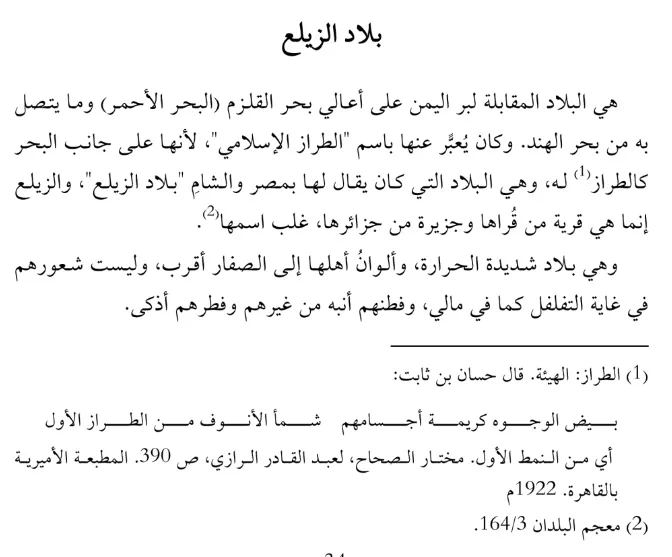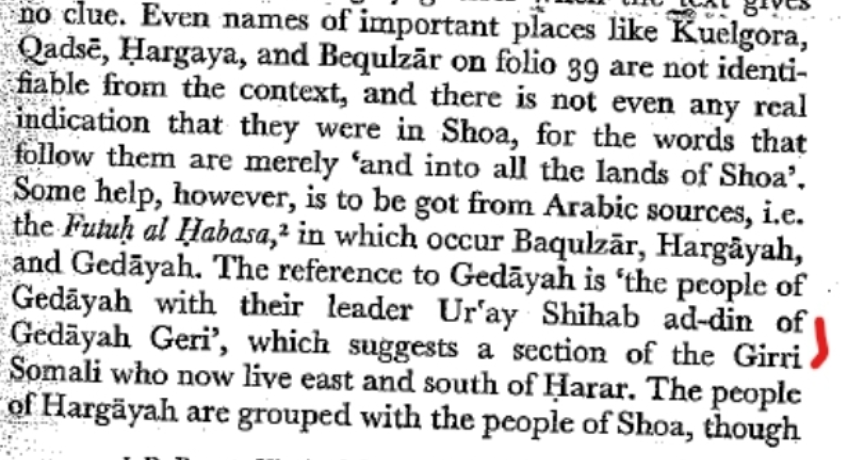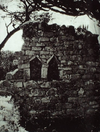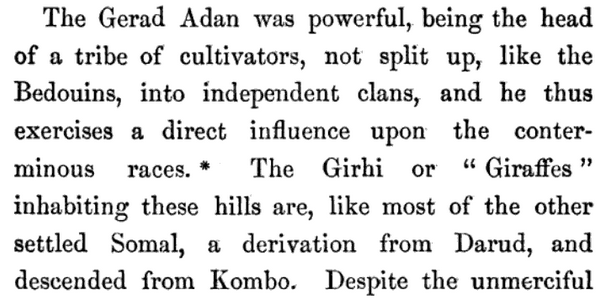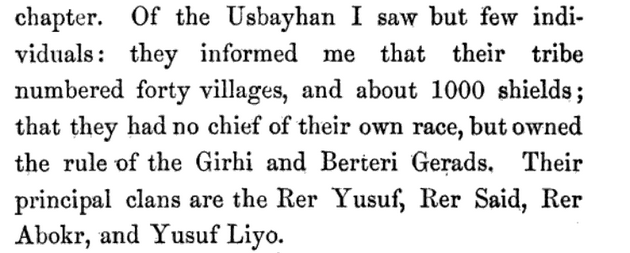Idilinaa
VIP
Honestly if there is one thing that seems to define the history of somalis in the last 2 centuries it's erasure. You have people who legitimately don't know how large of a somali presences there was in ethiopia,the swahili coast and yemen. Or if they do it's reduced to them just being irrelevant. I was in momba a week ago. When I went to fort Jesus the tour guide was talking about how the omanis renovated the place and put up pictures and signs talking about omani influence but nothing on their involvement in the slave trade. He also casually mentioned how the omanis ruled mogadishu when my family brought up said bargash and how somalis were also slaves.
The problem is today we have modern Fadhi Ku Dirir merchants who actively try to promote their clan fake enclaves and regions wether they are reer barawa, reer benadir, reer waaqoyi(so called landers), reer bari(puntland), reer konfuur, reer bay, reer gedo etc to dunk on other Somalis. Like you said in the other thread.
They are not in the real interest of writing real Somali history in service of Somalis as a whole or study their past to expand and learn more about their current situation and self. But will align themselves with false orientalist garbage aimed to rationalise european occupation, even ethiopian fake history(which we all come to learn recently is fiction) aimed at expanding this fantasy empire that never existed or even fabricate stuff to advance their specific regional/clan interests like that Mukhar guy i shared to you. Rather than connecting us , they work to disconnect us.
They will go so far as to ally themselves with British and Ethiopian communities and people who's public policies was always motivated towards our destruction because were are seen as vanguards of Islam in the region and we occupied the most advantagous geography.
Somalis also handicapped by grudges linked to the civil war, they let spill over into this. Like everything we are , or have been in the past is predicated on that tragedy. They don't see it for the reality that it is, a proxy war aimed at dividing us and we are victims of it.
I don't think there has been a full erasure because a lot of the history and information is there, it's up to Somalis to collect ,share and educate their own. Also bring those corrections in a fair balanced fact based manner. We can't do anything about what is destroyed or lost though, so that is a shame.
That last thing you mentioned about slavery is just standard Africans projecting their reality onto Somalis because they hate Islam and Arabs. They sold their own people into slavery, we didn't. Their biggest industry was them slave raiding eachother, it's an uncomfortable reality for them to deal with, so they externalize all of the blame to Arabs and it's also a narrative they inherited by Europeans who want to demonize Islam.
Whether you share the real history to them or not is not going to matter , they gonna deny it anyways.
Taking a Somali or selling them as a slave was pretty much illegal/forbidden and punishable in Omani/Zanzibari law. As we belonged to an unenslaveable race
Last edited:

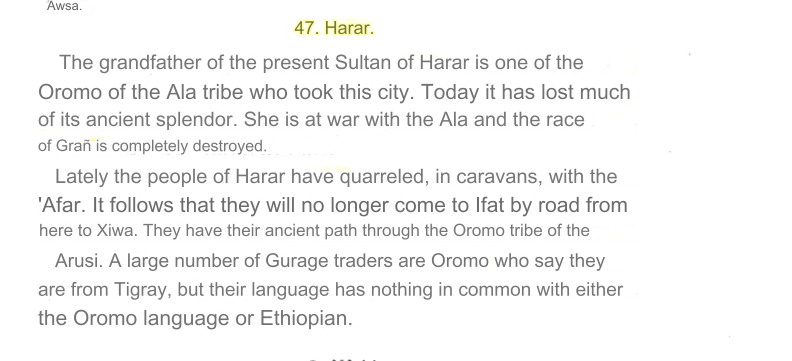






 and not only was our scholars, generational inhabitants brutally murdered, but our libraries burnt to ashes, our mosques turned to Churches, it's only through the efforts by Enrico Cerruli historical rescue operations that we have the few medieval chronicles that was kept by Somalis families in Harar.
and not only was our scholars, generational inhabitants brutally murdered, but our libraries burnt to ashes, our mosques turned to Churches, it's only through the efforts by Enrico Cerruli historical rescue operations that we have the few medieval chronicles that was kept by Somalis families in Harar.






